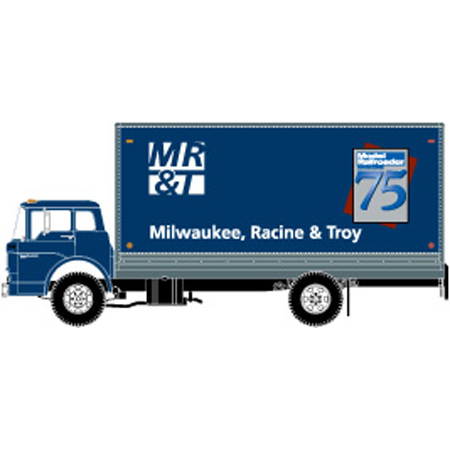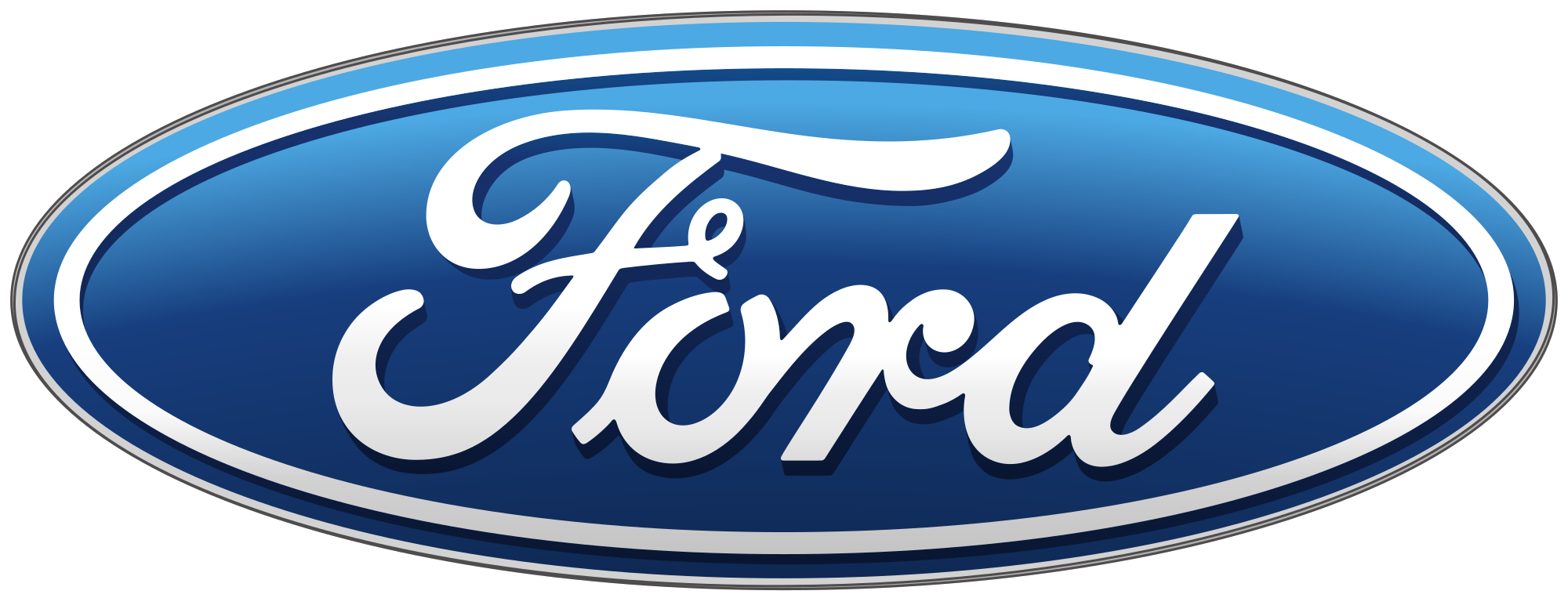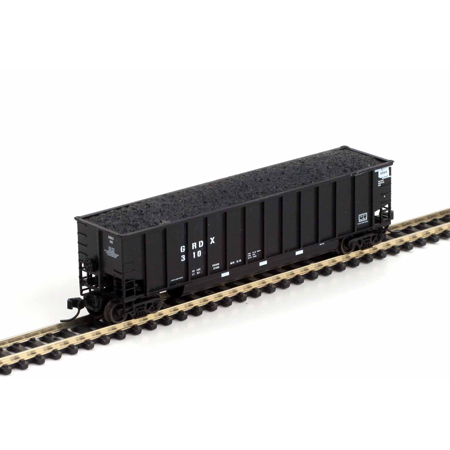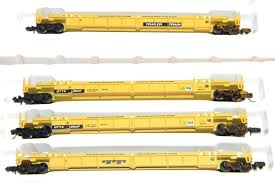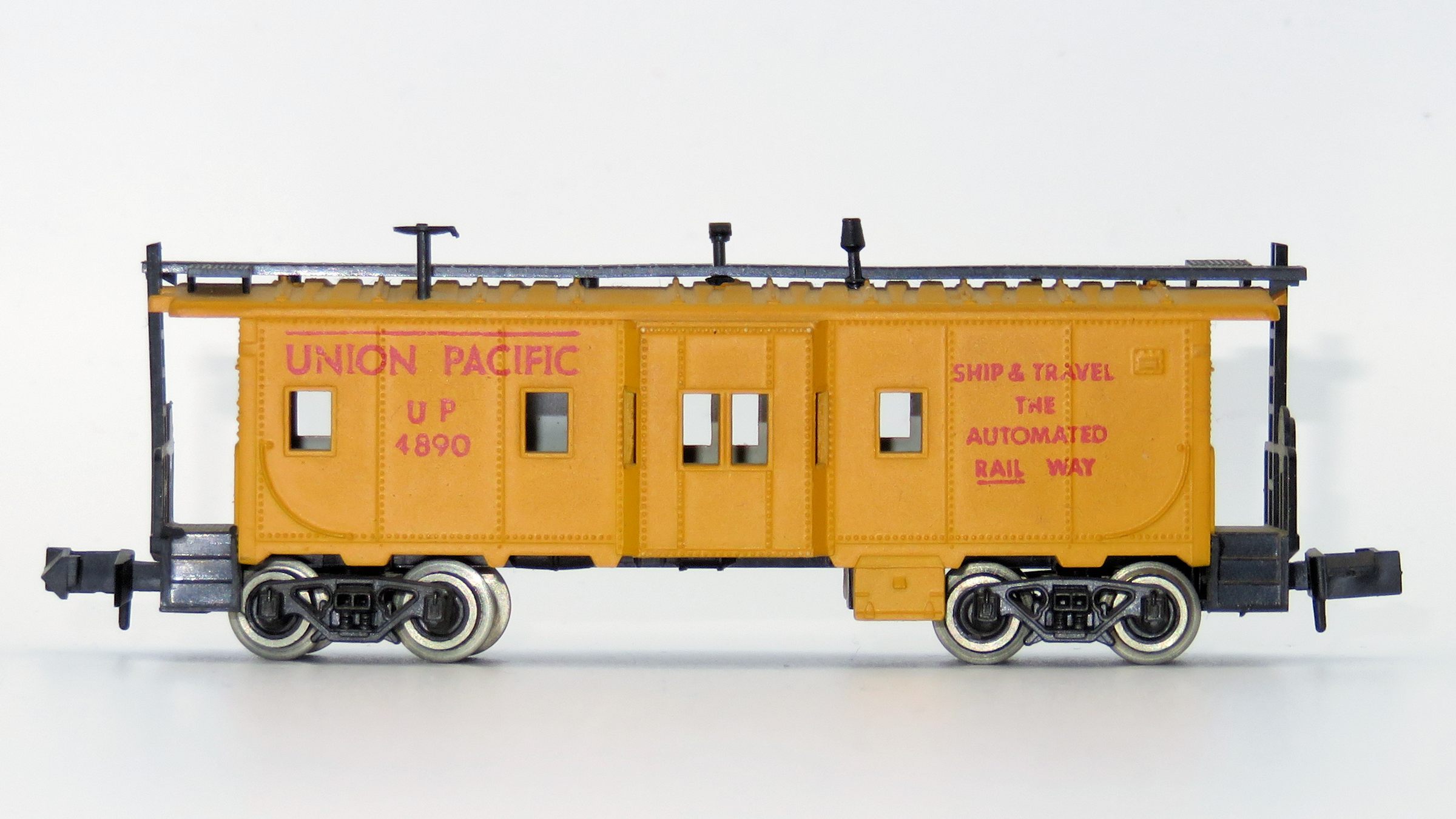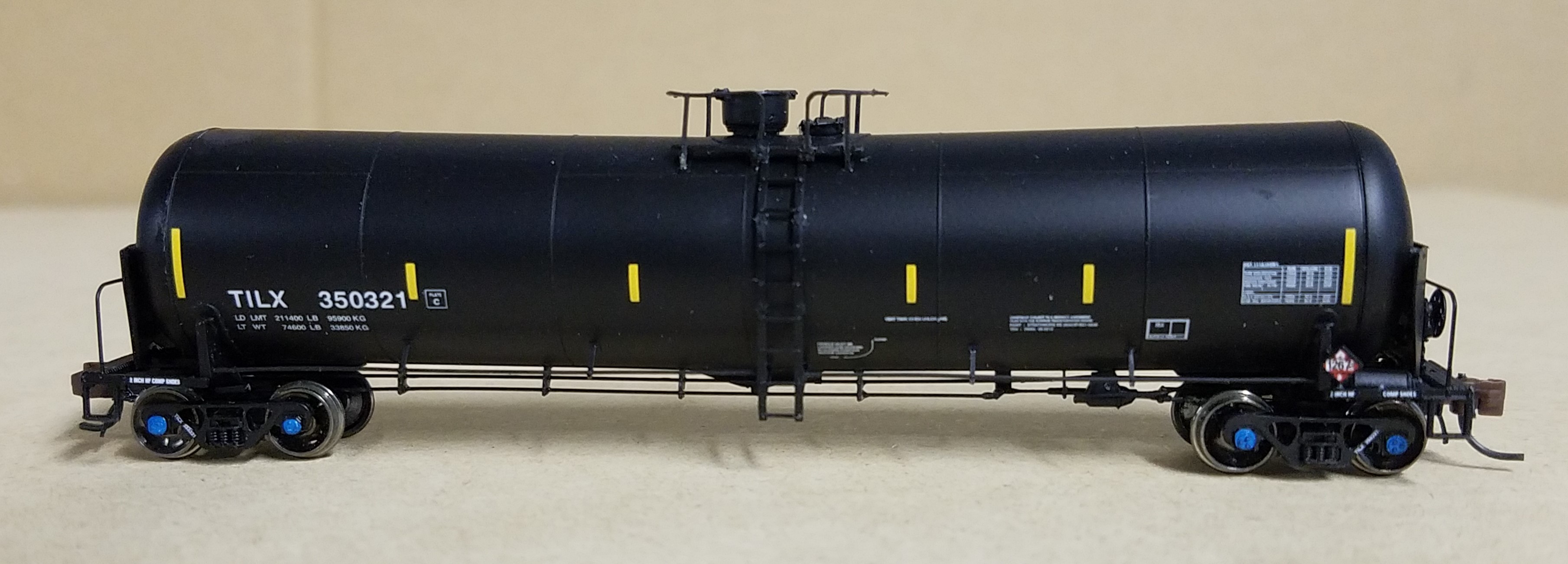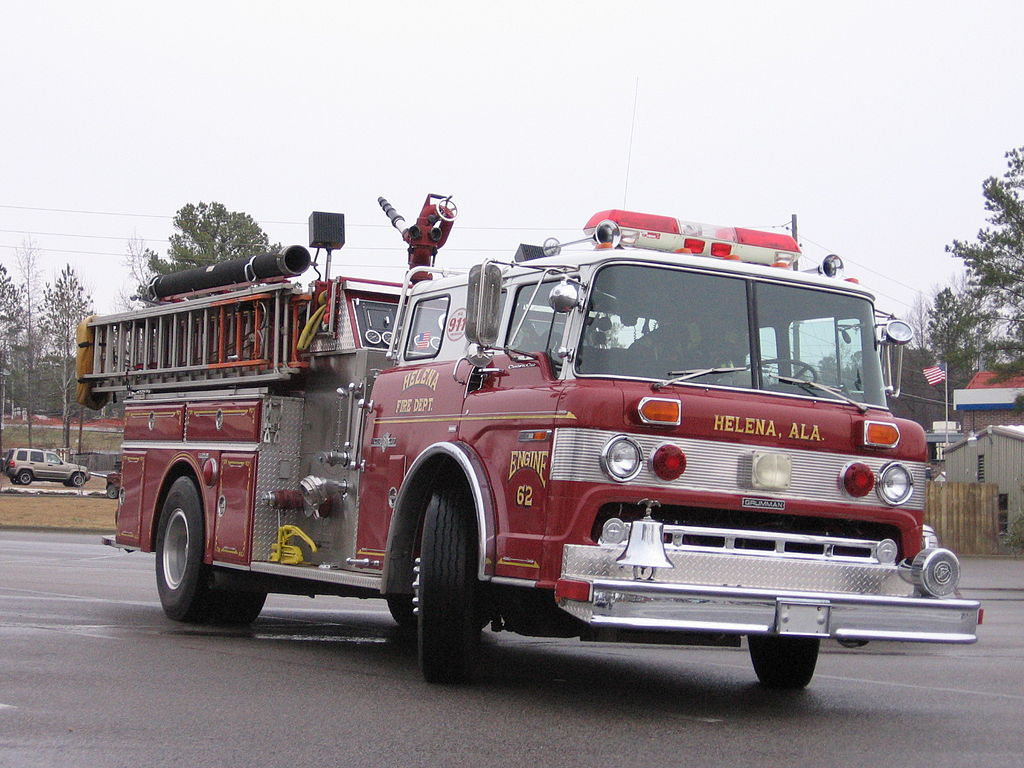Prototype History: The Ford C-Series is a medium-duty cab-over engine (COE) truck that was built by Ford between 1957 and 1990. It was used primarily for local delivery, and fire apparatus. Many of the fire trucks came merely as cab and windshield models. In production nearly unchanged for 33 years, the C-Series was the longest-produced commercial truck in North America at the time it was discontinued. Only the Mack Model R (39 years) and Kenworth W900 (55 years; still in production) have remained in production longer.
As Ford started squaring off its vehicles in 1957, they finally gave the cab-overs their own designs separate from the rest of the Ford truck lineup. It featured a small grille near the front bumper, with a four-pointed star emblem on each end, the word "F O R D" spelled out below the windshield, and had a cog-and-lightning bolt crest emblem between the headlights. Variations of this emblem were found on many other Ford trucks during the 1950s and into the 1960s. The C-Series held onto this logo the longest.
From Wikipedia
As Ford started squaring off its vehicles in 1957, they finally gave the cab-overs their own designs separate from the rest of the Ford truck lineup. It featured a small grille near the front bumper, with a four-pointed star emblem on each end, the word "F O R D" spelled out below the windshield, and had a cog-and-lightning bolt crest emblem between the headlights. Variations of this emblem were found on many other Ford trucks during the 1950s and into the 1960s. The C-Series held onto this logo the longest.
From Wikipedia
Road Name History: The Milwaukee, Racine & Troy Railraod (MRT) is a fictional railroad.
The MRT layout was built and is owned by Model Railroader staff. It is an HO scale, 28 x 54 feet, freelanced bridge line layout, modeling Southeastern Wisconsin in the 1980s and 1990s.
Style: walk-in
Mainline run: approx. 200 feet
Minimum radius: 36" (main)
Minimum turnout: no. 6 (main), no. 4 spurs
Maximum grade: 3 percent eastbound, 1.5 percent westbound (5.5 percent downgrade on staging ramp)
Benchwork: 1 x 4 open grid
Height: 493⁄4" to 671⁄2"
Roadbed: cork on 3⁄4" plywood
Track: code 83 flextrack
Scenery: plaster over cardboard webbing and Sculptamold over foam
Backdrop: painted hardboard, photo at Milwaukee Harbor and Port Marquette Yard
Control: CVP and NCE DCC (MRC on WSOR)
Read here the 1989 article of Model Railroader about the Milwaukee, Racine & Troy layout.
The MRT layout was built and is owned by Model Railroader staff. It is an HO scale, 28 x 54 feet, freelanced bridge line layout, modeling Southeastern Wisconsin in the 1980s and 1990s.
Style: walk-in
Mainline run: approx. 200 feet
Minimum radius: 36" (main)
Minimum turnout: no. 6 (main), no. 4 spurs
Maximum grade: 3 percent eastbound, 1.5 percent westbound (5.5 percent downgrade on staging ramp)
Benchwork: 1 x 4 open grid
Height: 493⁄4" to 671⁄2"
Roadbed: cork on 3⁄4" plywood
Track: code 83 flextrack
Scenery: plaster over cardboard webbing and Sculptamold over foam
Backdrop: painted hardboard, photo at Milwaukee Harbor and Port Marquette Yard
Control: CVP and NCE DCC (MRC on WSOR)
Read here the 1989 article of Model Railroader about the Milwaukee, Racine & Troy layout.
Brand/Importer Information: Athearn's history began in 1938, when its founder-to-be, Irvin Athearn, started an elaborate O scale layout in his mother's house. After placing an ad selling the layout, and receiving much response to it, Irv decided that selling model railroads would be a good living. He sold train products out of his mother's house through most of the 1940s. After becoming a full-time retailer in 1946, Irv opened a separate facility in Hawthorne, California in 1948, and that same year he branched into HO scale models for the first time.
Athearn acquired the Globe Models product line and improved upon it, introducing a comprehensive array of locomotive, passenger and freight car models. Improvements included all-wheel drive and electrical contact. One innovation was the "Hi-Fi" drive mechanism, employing small rubber bands to transfer motion from the motor spindle to the axles. Another was the double-ended ring magnet motor, which permitted easy connection to all-wheel-drive assemblies. Athearn was also able to incorporate flywheels into double-ended drives.
The company produced a model of the Boston & Maine P4 class Pacific steam locomotive which incorporated a cast zinc alloy base and thermoplastic resin superstructure. It had a worm drive and all power pickup was through the bipolar trucks that carried the tender. This item was discontinued after the Wilson motor was no longer available, and was not redesigned for a more technologically advanced motor.
Athearn's car fleet included shorter-than-scale interpretations of passenger cars of Southern Pacific and Atchison, Topeka & Santa Fe Railroad prototypes. The company also offered a variety of scale-length freight cars with sprung and equalized trucks. The cars could be obtained in simple kit form, or ready-to-run in windowed display boxes. The comprehensive scope of the product line contributed to the popularity of HO as a model railroad scale, due to the ready availability of items and their low cost.
Irv Athearn died in 1991. New owners took control in 1994, but continued to follow Athearn's commitment to high-quality products at reasonable prices. Athearn was bought in 2004 by Horizon Hobby. Athearn was then moved from its facility in Compton to a new facility in Carson, California. In mid-2009, all remaining US production was moved to China and warehousing moved to parent Horizon Hobby. Sales and product development was relocated to a smaller facility in Long Beach, California.
Read more on Wikipedia and Athearn website.
Athearn acquired the Globe Models product line and improved upon it, introducing a comprehensive array of locomotive, passenger and freight car models. Improvements included all-wheel drive and electrical contact. One innovation was the "Hi-Fi" drive mechanism, employing small rubber bands to transfer motion from the motor spindle to the axles. Another was the double-ended ring magnet motor, which permitted easy connection to all-wheel-drive assemblies. Athearn was also able to incorporate flywheels into double-ended drives.
The company produced a model of the Boston & Maine P4 class Pacific steam locomotive which incorporated a cast zinc alloy base and thermoplastic resin superstructure. It had a worm drive and all power pickup was through the bipolar trucks that carried the tender. This item was discontinued after the Wilson motor was no longer available, and was not redesigned for a more technologically advanced motor.
Athearn's car fleet included shorter-than-scale interpretations of passenger cars of Southern Pacific and Atchison, Topeka & Santa Fe Railroad prototypes. The company also offered a variety of scale-length freight cars with sprung and equalized trucks. The cars could be obtained in simple kit form, or ready-to-run in windowed display boxes. The comprehensive scope of the product line contributed to the popularity of HO as a model railroad scale, due to the ready availability of items and their low cost.
Irv Athearn died in 1991. New owners took control in 1994, but continued to follow Athearn's commitment to high-quality products at reasonable prices. Athearn was bought in 2004 by Horizon Hobby. Athearn was then moved from its facility in Compton to a new facility in Carson, California. In mid-2009, all remaining US production was moved to China and warehousing moved to parent Horizon Hobby. Sales and product development was relocated to a smaller facility in Long Beach, California.
Read more on Wikipedia and Athearn website.
Item created by: Lethe on 2016-09-03 10:01:00. Last edited by gdm on 2021-07-10 14:16:40
If you see errors or missing data in this entry, please feel free to log in and edit it. Anyone with a Gmail account can log in instantly.
If you see errors or missing data in this entry, please feel free to log in and edit it. Anyone with a Gmail account can log in instantly.


